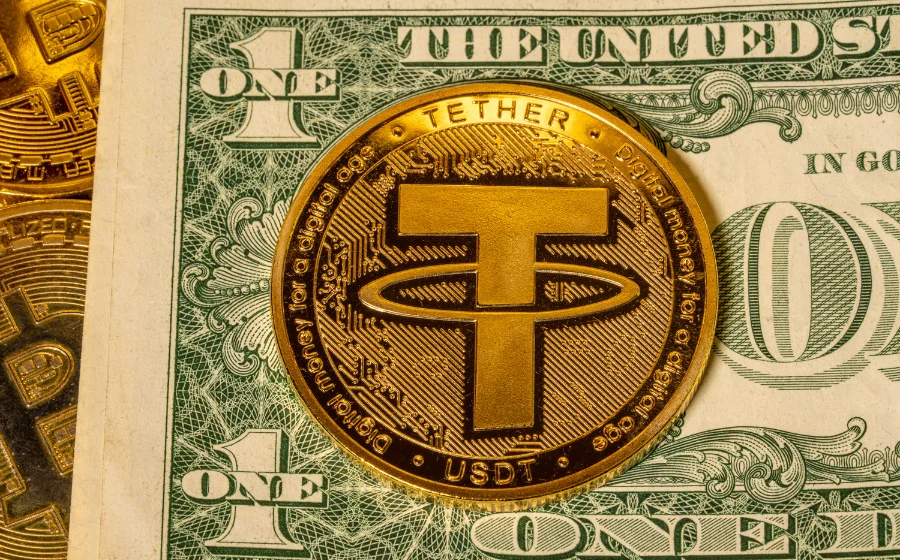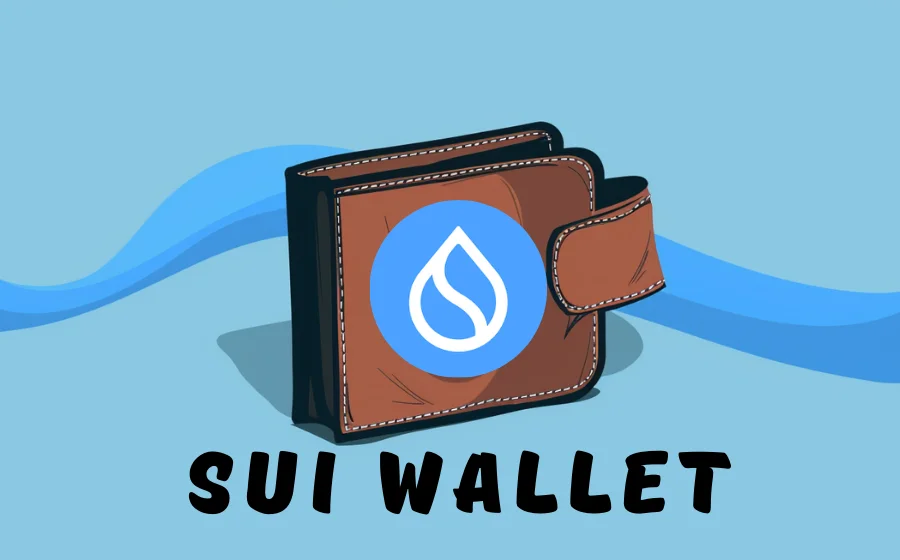
KEYTAKEAWAYS
- Choosing the correct network is critical.
Sending crypto on the wrong blockchain can lead to irreversible loss of funds. - Wallet types affect control and security.
Cold, hot, custodial, and non-custodial wallets each offer different levels of access and safety. - Token compatibility depends on the blockchain.
Tokens like UNI, LINK, and AAVE share Ethereum’s address format—always match the network when transferring.

CONTENT
Learn how to securely transfer cryptocurrency using the correct wallet and blockchain network. Understand key wallet types, token compatibility, and common mistakes to avoid.
To transfer cryptocurrency, you must use a crypto wallet—a specialized tool for securely storing and managing your digital assets. These wallets allow you to send and receive cryptocurrencies by interacting directly with blockchain networks. Unlike traditional banking systems, where transactions are managed by centralized institutions, crypto transactions are decentralized and recorded on a public ledger known as the blockchain.
This guide will walk you through what a crypto wallet is and how to transfer cryptocurrency safely.
>>> More to read: What Are Custodial & Non-custodial Crypto Wallets?
WHAT IS A CRYPTO WALLET?
A cryptocurrency wallet is a tool that stores your private and public keys and allows you to interact with various blockchain networks. With a wallet, you can send and receive crypto, monitor your balance, and access decentralized applications (DApps) in some cases.
📌 Common Types of Crypto Wallets
-
Cold Wallets
These wallets are offline and offer the highest level of security. Examples include hardware wallets and paper wallets. They’re ideal for long-term storage of large amounts of crypto.
-
Hot Wallets
These wallets are connected to the internet, making them more convenient for frequent transactions but also more vulnerable to hacking. Mobile, desktop, and web wallets are common types of hot wallets.
-
Custodial Wallets
In a custodial wallet, a third party (such as a crypto exchange) holds your private keys on your behalf. These are easy to use but involve trusting the provider with the security of your assets.
-
Non-Custodial Wallets
In non-custodial wallets, you control your own private keys. This gives you full ownership and responsibility over your crypto, and it’s preferred by users who prioritize privacy and security.
>>> More to read: Crypto Cold Wallet vs. Hot Wallet: What’s the Difference
HOW TO TRANSFER CRYPTOCURRENCY
Transferring cryptocurrency is a straightforward process once you are familiar with your wallet interface. Here’s a step-by-step guide:
✅ Step 1: Get the Recipient’s Wallet Address
Ask the recipient to provide their wallet address. This is a unique alphanumeric string that identifies their wallet on the blockchain. It can also be shared as a QR code.
✅ Step 2: Open Your Wallet
Log in to your crypto wallet application and find the Send or Transfer option.
✅ Step 3: Enter the Recipient’s Address and the Amount
Input the recipient’s wallet address and the exact amount of cryptocurrency you want to send. Always double-check the address—if entered incorrectly, the funds could be permanently lost.
✅ Step 4: Confirm the Transaction
Review all transaction details carefully. After confirming, the transfer request will be broadcasted to the blockchain network. Note: crypto transactions are irreversible once confirmed.
✅ Step 5: Wait for Blockchain Confirmation
Your transaction will be verified by the blockchain network. Confirmation time depends on the specific cryptocurrency and current network traffic. It can range from a few minutes to a few hours.
📌 Different Coins, Different Blockchains
Each major cryptocurrency operates on its own blockchain. For example:
- Bitcoin (BTC) → Bitcoin network
- Ethereum (ETH) → Ethereum network (ERC20)
- Tron (TRX) → Tron network (TRC20)
Here’s a comparison of wallet address formats:
- BTC: 3GFJiRAWrrpTvXm2GGGczzQhNn7rLSBFYW
- ETH (ERC20): 0x1D582Da5fF68d7Ba6E7935A8418c936d99436086
- TRON (TRC20): TQXvwyrsHQd73L8q1Pckn6jiyKAer1HfQN
Transferring across the wrong network is like wiring money to a foreign bank account using a local-only transfer system—it simply doesn’t work, and there’s no central authority to recover it if it goes wrong.
📌 Tokens That Share the Same Network
Some tokens are built on top of a parent blockchain and use the same wallet address format.
For example, Uniswap (UNI), Chainlink (LINK), and Aave (AAVE) are all ERC20 tokens, which means they operate on the Ethereum blockchain. As such, they share the same address format as ETH:
0x1D582Da5fF68d7Ba6E7935A8418c936d99436086
Think of it like using different bank accounts under the same national banking system—different account numbers, but all operate under the same financial infrastructure.
📌 Common Blockchain Networks You Should Know
When withdrawing or depositing crypto, pay close attention to the network. Here are some of the most widely used:
- Bitcoin (BTC)
- Ethereum (ERC20)
- Binance Smart Chain (BEP20 / BSC)
- Tron (TRC20)
- Solana (SOL)
- Polygon (MATIC)
- Arbitrum
- Optimism
Always make sure the sending and receiving networks match. Even if the token name is the same (e.g., USDT exists on multiple chains), the wallet address and format must align with the correct network.
SUMMARY
Transferring cryptocurrency involves just a few simple steps, but accuracy and security are essential. Here’s a quick recap:
- Use a wallet that supports the cryptocurrency you want to send
- Obtain the correct wallet address from the recipient
- Carefully enter transaction details
- Confirm and wait for network verification
Because crypto transactions are final and irreversible, it’s critical to verify every detail before sending. With the right tools and attention to detail, transferring digital assets can be secure, efficient, and easy to manage.
▶ Buy Crypto at Bitget
ꚰ CoinRank x Bitget – Sign up & Trade!
Looking for the latest scoop and cool insights from CoinRank? Hit up our Twitter and stay in the loop with all our fresh stories!


















